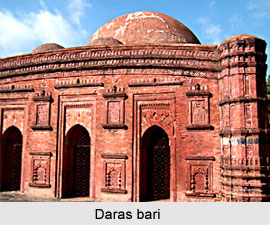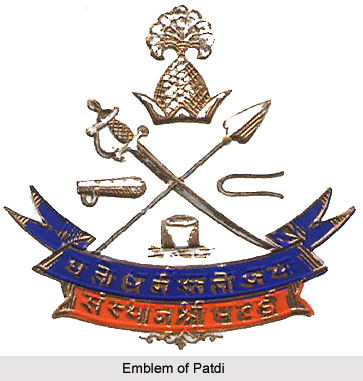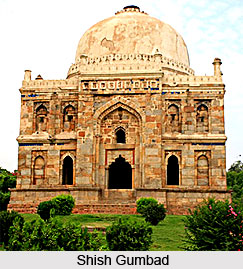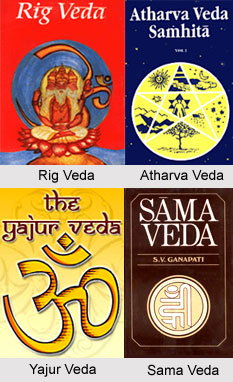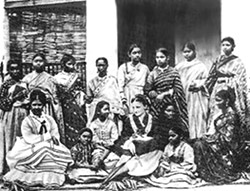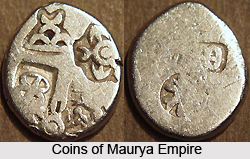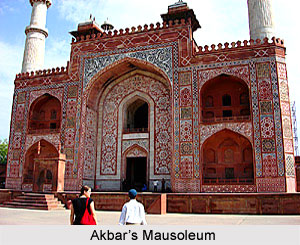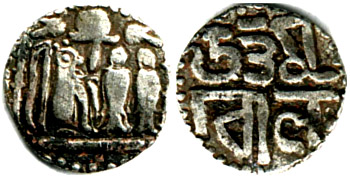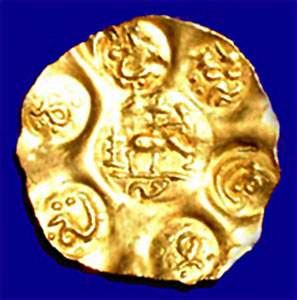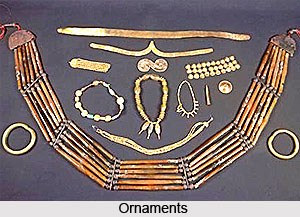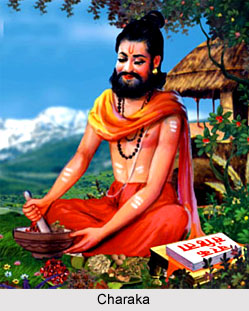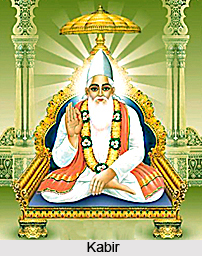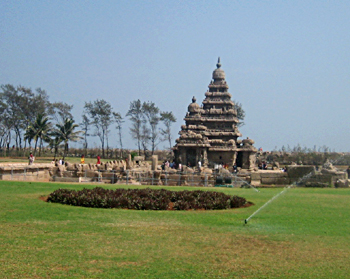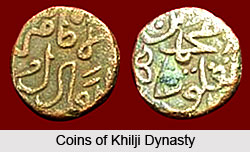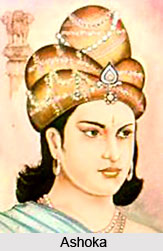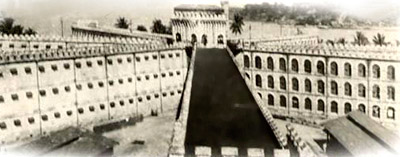 The revolutionary political activities throughout the country appalled the provincial governments and they single-mindedly resolved to smother them with strong disciplinary measures. The best way to curb their influence was to send the revolutionary convicts to the Andamans. However, the government policy as finalised in 1906, allowed only the life convicts to be sent there. The term-convicts could be sent there only with the approval of the Government of India. Sir John Hewett, the governor of United Province, somewhere in 1909 recommended the deportation of Hoti Lai Verma and Babu Ram Hari, editors of the Swaraj Urdu weekly of Allahabad, who were term-convicts. Keeping them in the jails of the United Provinces was considered perilous by the government on the plea that they did not stop preaching their ideas to the fellow-prisoners and the real chance of debarring them from doing so, even while in prison, was to dispatch them to the Andamans. Lord Minto, then governor general of India, thought it inadvisable to deal with the political prisoners discriminately and did not approve the proposal.
The revolutionary political activities throughout the country appalled the provincial governments and they single-mindedly resolved to smother them with strong disciplinary measures. The best way to curb their influence was to send the revolutionary convicts to the Andamans. However, the government policy as finalised in 1906, allowed only the life convicts to be sent there. The term-convicts could be sent there only with the approval of the Government of India. Sir John Hewett, the governor of United Province, somewhere in 1909 recommended the deportation of Hoti Lai Verma and Babu Ram Hari, editors of the Swaraj Urdu weekly of Allahabad, who were term-convicts. Keeping them in the jails of the United Provinces was considered perilous by the government on the plea that they did not stop preaching their ideas to the fellow-prisoners and the real chance of debarring them from doing so, even while in prison, was to dispatch them to the Andamans. Lord Minto, then governor general of India, thought it inadvisable to deal with the political prisoners discriminately and did not approve the proposal.
The gates of the Cellular Jail were opened and the authorisation of the Government of lndia for the deportation of term-convicts to the Andamans was reduced only to a procedural formality. Thus the political prisoners of Alipore Bomb Case were the first batch to enter the disreputable jail.
The vessel Maharaja ferried this first batch of political prisoners to the Cellular Jail in December 1909 with the instructions to the superintendent of the jail that they should be regarded as `specially dangerous`, should not be allowed to work in the same gang with each other, nor with Bengali convicts as the number of Bengali terrorist prisoners was larger. The jailor was also instructed that these inmates should not be employed in clerical work and as a rule they should be given hard gang labour.
Barindra Kumar Ghose (younger bother of Aurobindo) joined the Anushilan Samiti, led a band of young men and formed a Jugantar group of revolutionaries. He was all out to sacrifice his everything to fight the mighty empire for the freedom of his motherland. He was deported to Andaman And Nicobar Islands.
Upendra Nath Banerjee was graduate and a teacher. He was an assistant in the Jugantar Publications. A resident of Chandernagore, he belonged to the Chandernagore-Chinsura group of revolutionaries. He was barely twenty-nine when he was convicted. Hem Chandra Dass sold a part of his property to procure money to go to France to learn the art of bomb making. In Paris, he contacted Shyamji Krishan Verma and S.R. Rana, and received training in manufacturing of bombs and explosives. On Dass`s return, he became an expert in bomb making in Manicktola garden and was deported.
Ullaskar Dutt of Sibpur (Howrah) was the son of a high-ranking government official, Dwija Dass Dutt Vaidya. He was just twenty when he joined the revolutionary squad. Ullaskar Dutt was self-taught in the art of manufacturing bombs. Most of the bombs till the time of the Alipore Bomb Case (May 1908) were made by him. Earlier Ullaskar was convicted in the Harrison Road Bomb Case along with two others and was sentenced to seven years rigorous imprisonment under the Arms Act on 8th August 1908. In the Andamans, he was tortured and given electric shocks. He turned insane and was sent to the mental asylum in Madras.
Although in the beginning, the deportation of Hoti Lai Verma and Babu Ram Hari, successive editors of Swaraj weekly was not approved by the Government of India, but after the policy of deportation was re-examined and revised, they too were sent to the Andamans to undergo their sentences. Hoti Lai Verma from Haryana was the third successive editor of the Urdu weekly Swaraj published from Allahabad. He had met Shyamji Krishan Verma and VD. Savarkar in England and was initiated by them into the freedom struggle. Verma was associated with Aurobindo`s journal Vande Mataram before becoming the editor of the Swaraj. He was sentenced to expatriation for seven years and five years rigorous imprisonment, punishments to run simultaneously, in two cases in August and October 1908 respectively for writing `seditious` articles in the Swaraj and for circulating a leaflet `Message to the Punjabis` in Aligarh.
Babu Ram Hari from Qadian (Gurdaspur district, Punjab) was the next editor of Swaraj. He was prosecuted and sentenced for writing three separate `seditious editorials` to a total term of twenty-one years.
Ganesh Damodar Savarkar (elder brother of V.D. Savarkar) was arrested on 28th February 1909, and booked in the Nasik Conspiracy Case for waging war against the king. He was sentenced to transportation for life by the sessions judge, Nasik on 9th June 1909 and the sentence was confirmed by the Bombay high court on 20th November 1909.
Madan Lai Dhingra to assassinate Colonel Sir William Curzon Wyllie, political ADC to the secretary of state, at a gathering at the Imperial Institute in London on 1st July 1909, as he attempted to shed English blood intentionally... "a humble protest against the inhuman transportation and hangings of Indian Youth". Madan Lai Dhingra was quite unsurprisingly sentenced to death. After hearing the judgment with striking patience he said, "I thank you, Sir; I feel proud that I am giving my insignificant life for the good of my country."
Jackson, the district magistrate, Nasik who had committed Ganesh Savarkar for trial was killed while entering Vijayanand theatre in Nasik on 21st December 1909, with one of the Browning Automatic Pistols. It was followed by the arrest and prosecution of seven Chitpavan Brahmins in the case called Nasik Conspiracy Case. A.L. Kanhare, K.G. Karve and V.N. Deshpande were sentenced to death on 29th March 1910, while Daji Narain Joshi, S.R. Somen and G.B. Vaidya were sentenced to transportation for life and D.R Joshi was awarded rigorous imprisonment for two years. Daji Narain Joshi, alias Waman was also deported to the Andamans to undergo his sentence.
Nani Gopal Mukharjee, barely in his teens, threw a bomb on 2nd March 1911 on a motorcar, which was expected to carry G.C. Denham, a top officer of CID Calcutta, but was actually occupied by F.A. Cowley, superintending engineer, Public Works Department, outside Writers` Building, Dalhousie Square, Calcutta. The bomb did not explode. Nani Gopal was arrested on the spot. He was convicted by the Calcutta high court on 27th March 1911 under section 307 IPC read with section 4(a) & (b) of the Explosive Substances Act of 1908 and was sentenced to transportation for fourteen years. He was also deported to the Andamans.
Pulin Behari Das was a teacher in the Dacca Government College. Inspired by the Anushilan Samiti, he became a firebrand radical. He organised the Dacca Anushilan Samiti to tutor the youth in martial exercises with lathis and daggers. Pulin Behari Das was sentenced for expatriation for life.
Ashutosh Dass Gupta and Jyotirmay Roy were also sentenced for expatriation for life. But their sentences were modified. The sentence of Pulin Behari Das was reduced to seven years, while that of Ashutosh Dass Gupta and Jyotirmay Roy were reduced to six years. Both Pulin Behari Das and Jyotirmay Roy were deported to the Andamans.
Ladha Ram Kapur was from Varaichanwala district in Gujarat. He preferred to join the revolutionary struggle to a life of comfort. Like his predecessors-in-office, he too was arrested and prosecuted on 22nd March 1910 for writing three `offending` articles and was sentenced to expatriation for ten years for each one of the three offences. He was deported to Kala Pani.
Another political prisoner sent to the Andamans during this Period was Suresh Chandra Sen Gupta who was involved in a political dacoity committed at a railway station near Rajindrapur in which a sum of Rs. 23,000 was looted. A case known as Rajindrapur Train Dacoity Case was registered in which Suresh Chandra Sen Gupta was convicted on 8th August 1911 and was, sentenced to expatriation for life.


